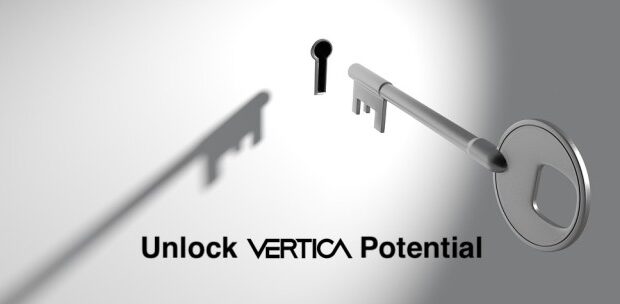
This post was authored by Soniya Shah.
In Vertica 9.0 we introduced Eon Mode. Since then, there have been many improvements in recent releases. Vertica in Eon Mode is a new architecture that separates compute and storage, allowing users to take advantage of cloud economics that enable rapid scaling and shrinking of clusters in response to a variable workload. Eon Mode decouples the cluster size from the data volume and lets you configure by your compute needs instead.
Whether you’re just getting started with Vertica, new to using Eon Mode, or familiar with all the ins and outs, this blog will give you a list of Eon Mode blog resources to help you along the way.
Understanding Vertica Eon Mode. If you’re just getting started with Vertica in Eon Mode, we recommend you start by reading up on the Eon Mode concepts. While many aspects of Eon Mode are the same as Enterprise Mode, there are some critical differences, especially in the way that storage is conceptualized. You’ve probably read that Eon Mode allows for the separation of compute and storage, so that you can scale your database to meet your workload needs. To better understand what that really means, this document will provide that understanding. There are some great visuals that should help you better understand what is really going on behind the scenes. If you need further clarification, we invite you to comment directly on the blog so we can help answer your questions.
Sizing Your Vertica Cluster for an Eon Mode Database. We often get questions about how to size the cluster for Eon Mode, since the number of shards cannot be changed once you create the database. It’s important you make the best decisions about picking the correct EC2 instances and cluster size to meet your needs. This blog post will answer questions about cluster size, provide guidelines for sizing your cluster based on depot size and concurrency, and provides sample use cases to help you make the best decision for your workload needs.
Loading in Eon Mode Beta. After your database is properly sized and ready to go, you need to load data. We recommend taking a look at this blog, which will walk you through loading data directly from S3 or through Management Console. There are helpful visuals for MC, which is a great option if you prefer a UI.
Query Execution in Eon Mode. Once you’ve got your Eon Mode database up and running, you may find you have questions about how to make the most use out of the database. First up is query execution. This blog, written by Vertica’s CTO, Ben Vandiver will provide you with a concrete example to walk you through how to perform a simple data load, metadata storage, and query execution.
Vertica in Eon Mode: Tables, Parameters, Functions, and Useful Queries. After you’re feeling more comfortable with the Eon Mode architecture and concepts, have your database sized, and data loaded, you may wonder what tables and functions you can make use of that are specific to Eon Mode. There are quite a few that differ from the traditional Enterprise Mode. The lists compiled in this blog provides a list of these objects, along with descriptions to help you get more comfortable with Eon Mode.
Operational Considerations for Database Administrators in Eon Mode. Lastly, for those of you familiar with Vertica and with Eon Mode, looking to tune your database, to make the most of it, we have a blog post you may find useful. This blog shows some of the complex differences between Eon Mode and Enterprise Mode, and provides recommendations for tuning. You get to see how projection design, K-Safety, recovery, rebalancing, and more are impacted with Eon Mode.
We know concepts can sometimes be difficult to grasp and Eon Mode introduced a few that were different from Enterprise Mode. To help better understand these, we recommend the following topic areas:
• Vertica in Eon Mode: Caching, which helps further explain the depot, caching, and how they are used in practice. There are helpful visuals and sample queries that give you an inside look at what happens under the hood.
• Vertica in Eon Mode: Revive to better understand how the communal storage process works. By using catalog sync, you can revive a database so that it is ready to use as soon as you revive it.
• Reusing EBS Volumes for those of you with the need to use EBS volumes that were preserved from a Vertica cluster that was terminated, review this blog to see how you can reattach them to revive a Vertica database.
• Vertica Quick Tip: Keepalive settings for AWS Network Load Balancer, which describes how to handle AWS’s NLB handle idle timeouts for connections.





